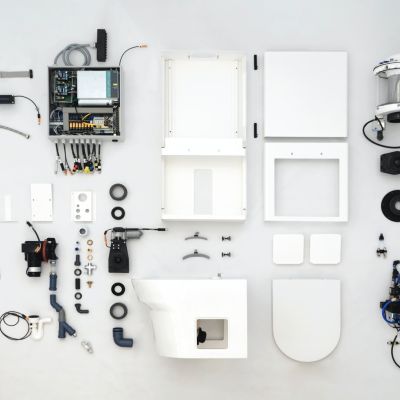COMMENT: The Kind of Visionary The World Needs Now

Bill Diamond of The SETI Institute says bold leadership and daring innovation is required to avert global catastrophe.

We associate the conception and development of disruptive technologies with visionaries who can imagine a future the rest of us don’t see, and then create technologies that can enable and deliver that future. Disruptive technologies are not simply a feat of engineering. They represent a leap of imagination. They are born from a different way of thinking and different way of looking at the world.
Take the Saturn V rocket that launched the Apollo astronauts on humankind’s first journey to a different world. What struck me most when I first gazed upon a Saturn V stretched out in its cavernous enclosure at NASA’s Kennedy Space Center was not the technology or the engineering that went into building it, but rather the imagination to dare that something so massive could be hurled into outer space. That’s visionary and disruptive thinking.
In the 150 or so years since the Industrial Revolution, three inventions a bit more down to Earth stand out as perhaps the most dramatic and profoundly disruptive technologies of the 20th century: the internal combustion engine; the telephone; and the microchip. These were absolute game changers and enabling technologies for such things as automobiles, aircraft, computers and the internet. They have combined to deliver a future that our ancestors of the Industrial Revolution could have scarcely imagined.
More recently, however, we have learned that disruptive technologies and the lifestyle they have enabled are not without their consequences. These game-changing innovations have also unleashed a new kind of disruptive force on a planetary scale, which may represent a truly existential threat to life as we know it. That force is climate change. We are already seeing its impact in the form of extreme weather, epic flooding, extensive droughts, massive wildfires, melting icecaps and retreating glaciers.
At the SETI Institute, we are interested in the nature, origin and evolution of life in the Universe. In partnership with NASA and other research and academic institutions, we are interested in learning how life happens, under what conditions, where else we might find it, and what technologies we need to detect it. The most important laboratory we have for this endeavour is right here: the third planet from the Sun, we call Earth. Our research offers us a unique perspective on the inextricable interdependence of biology and climate or the co-evolution of life and environment. We understand that even slight changes to the delicate balance of climate conditions that support life can have profound implications for habitability. We know, for example, that 3.8 billion years ago Mars looked a lot like Earth.
From space we can see the dramatic consequences of climate change that often seem imperceptible from a terrestrial perspective. Shrinking icecaps, warming oceans, expanding deserts and retreating glaciers are all glaringly apparent when viewed from the vantage point of low-Earth orbit.
We are thus at a point in our history where we need a new kind of visionary. We need individuals who can imagine a future that many of us don’t want to see and then create disruptive technologies to prevent it. Bold leadership and daring innovation will be required to avert global catastrophe. The time for action is now.
Bill Diamond is president and CEO of the SETI Institute which he joined in 2015. He has worked predominantly in applied technologies with over 20 years’ experience in photonics and optical communications, and more than a decade in X-ray and semiconductor processing technologies.
This comment originally appeared in Billionaire's Visionaries Issue, March 2019. To subscribe contact









